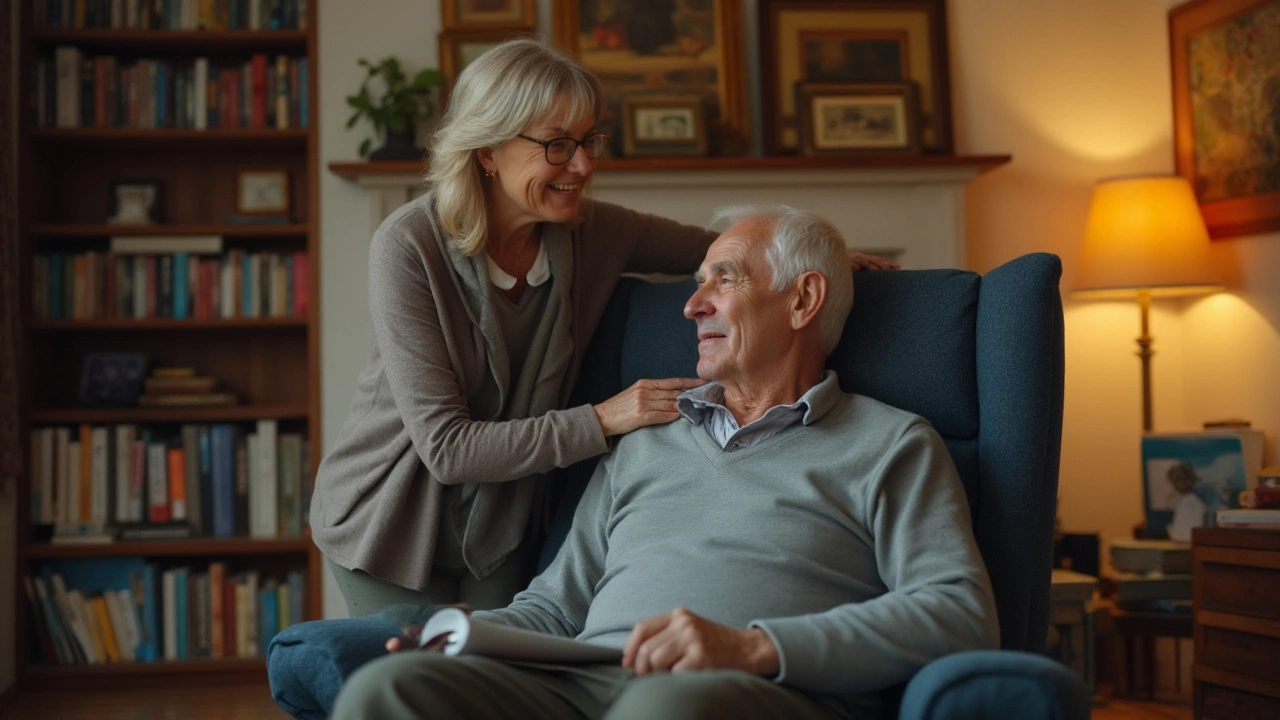As people age, they often experience stiffness which can impact their mobility and comfort. This article delves into the reasons why stiffness occurs, how our bodies change over time, and the potential relief offered by recliner chairs. Offering practical tips and insights, this piece aims to enhance awareness and promote comfort for seniors struggling with stiffness.
Age-Related Stiffness and How Recliner Chairs Can Help You Feel Better
Ever notice that getting up from a chair feels tougher as you get older? That’s a common sign of age‑related stiffness. It’s not just a nuisance; it can limit daily activities and make simple tasks feel like chores. The good news? A well‑chosen recliner can turn that frustration into relief.
Why Stiffness Happens as We Age
When you age, muscles lose some elasticity, joints produce less synovial fluid, and tendons can tighten. All of that adds up to that tight, “locked‑up” feeling after sitting or standing for a while. Even simple movements, like reaching for the TV remote, can feel harder. Poor posture, reduced activity, and chronic conditions such as arthritis also play a part. Understanding these changes helps you pick a chair that actually supports your body rather than just looking good.
Choosing a Recliner That Works for You
Not every recliner is built for senior comfort. Look for a model with a smooth, powered reclining mechanism – no need to pull levers that require extra strength. A seat that tilts forward slightly eases pressure on the hips and knees, making it easier to stand up. Cushioning that’s firm yet plush supports the spine and reduces the risk of sinking too deep, which can cause strain.
Adjustable features matter, too. Footrests that lift independently let you extend your legs without over‑extending the knees. Some chairs also offer heat or massage pads – these can boost circulation and loosen tight muscles, giving extra comfort on days when stiffness feels worst.
Size matters as well. Measure the space where you’ll place the chair and make sure the recliner fits without blocking walkways. A wider seat can accommodate hips that may widen with age, and a higher back can help keep your neck aligned.
Beyond the chair itself, simple habits can reduce stiffness. Stand up and stretch for a minute every 30 minutes, keep hydrated, and do low‑impact activities like walking or swimming. Pair these habits with a recliner that supports proper posture, and you’ll notice a real difference in how you move around the house.
When shopping, try the chair first. Sit down, recline, and test the footrest – you should feel supported, not trapped. If possible, ask a salesperson to demonstrate how the power controls work. A chair that’s easy to operate will become a partner in daily comfort, not a source of frustration.
Finally, think about durability. Look for high‑quality upholstery that’s easy to clean, especially if you have limited mobility. Leather or performance fabrics resist spills and wear, meaning the chair will stay comfortable for years.
In short, age‑related stiffness is a normal part of getting older, but it doesn’t have to control your life. By choosing a recliner with the right ergonomic features, you give your body the support it needs to stay active and comfortable. Ready to give your joints a break? Start by exploring recliners that match your style and mobility needs, and feel the difference a good seat can make.
